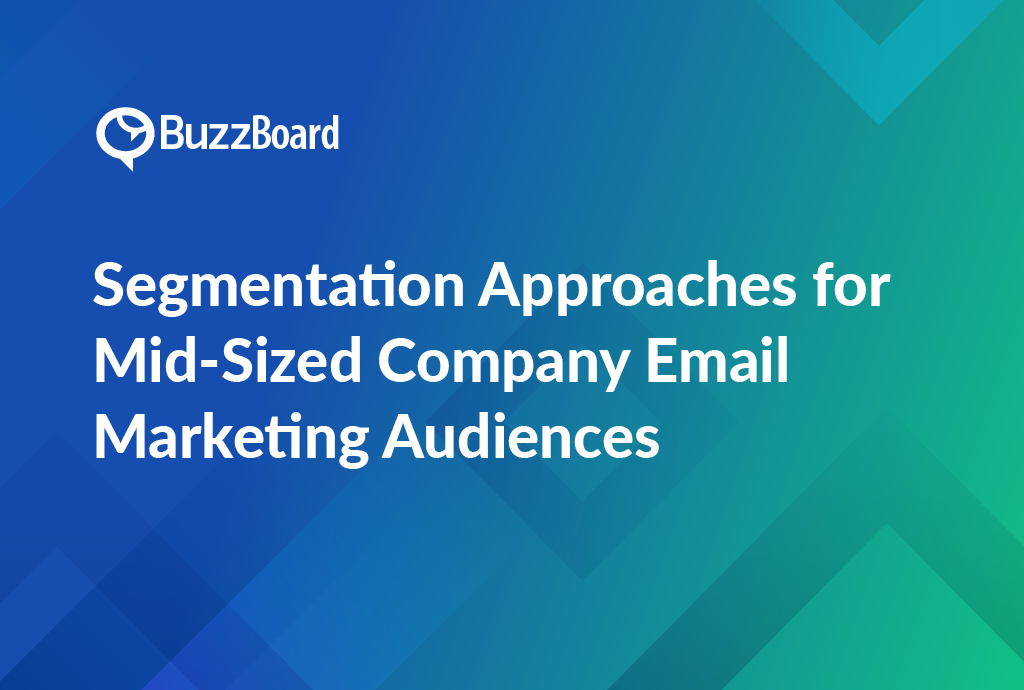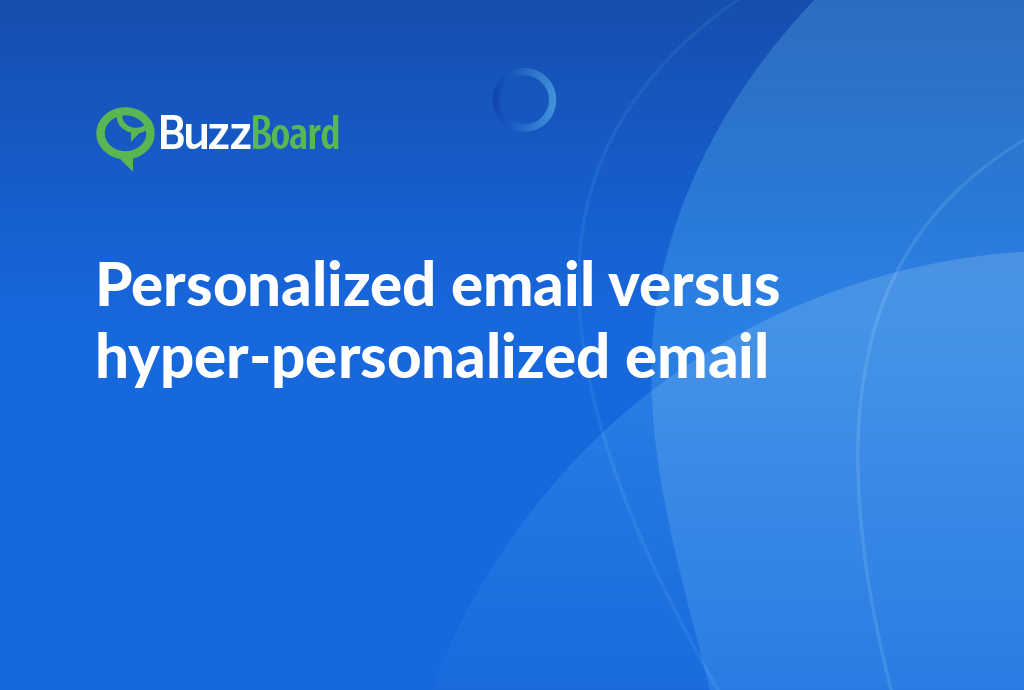Explore the Foundational Principles of Segmentation in Email Marketing and Why It’s Crucial for Mid-Sized Companies
In the sphere of email marketing, recognize that a one-size-fits-all model doesn’t hit the mark, particularly for mid-sized businesses. Employing the strategy of segmentation is crucial to successfully connect with your email marketing audience as it tailors to the distinctive requirements of diverse customer segments. This vital technique, known as Email Segmentation, can revolutionize operations for mid-sized businesses.
In essence, email segmentation is a practice of classifying your target audience based on varying factors, including demographics, purchasing history, and browsing behavior. Utilizing this approach creates a more personalized, targeted, and effective email marketing encounter, enhancing your resonance with potential customers. Bypassing this method may render your email marketing campaigns pointless as it could lead to poor open rates and high unsubscribe rates.
Adopting segmentation strategies for mid-sized business’s email marketing audiences ensures higher engagement and conversion rates. Success hinges on your ability to understand your audience and organize them intelligently. By doing so, you secure the capability to deliver more pertinent, customized content designed to captivate your audience’s attention.
There are numerous ways to segment your customers. However, it’s recommended to adhere to segmenting best practices such as behavioral segmentation, which is based on customer interactions, location, and demographic traits. An advantage with mid-sized companies lies in their volume of customer data—it’s significant enough to allow effective segmentation yet manageable enough to sort manually.
Remember, effective audience targeting is intrinsically linked with relevant content. Customizing your messages to match your segmented lists significantly boosts your campaign results.
Keep in mind, each mid-sized business is unique and comes with its specific needs, goals, and customer bases. Therefore, discovering the most efficient segmentation approach requires some experimentation and adjustment.
Various Segmentation Approaches for Email Marketing Specifically for Mid-Sized Companies
Email marketing is an integral tool in every digital marketer’s toolkit and plays a critical role in the expansion of medium-sized enterprises. However, for the desired impact, email segmentation is a powerful strategy. Tactics for segmentation can differ based on the company’s size, and comprehending these differences is essential for marketing professionals formulating strategies according to the demographic.
Specifically for mid-sized businesses, the segmentation techniques for email marketing audiences are different from those used by smaller companies or larger corporations. This is due to the peculiarities of their target customer groups. Best practices for segmentation often suggest breaking down the audience based on behavioral, demographic, geographic, and psychographic categories.
For instance, email segmentation for mid-sized enterprises might focus on customers’ shopping patterns, geographic locations, or social elements impacting their buying decisions. These various segmentation techniques assist in creating targeted email marketing campaigns, which, in turn, have the potential to engage, encourage, and maintain a diverse client base.
The unique factor in the email marketing strategy for mid-sized enterprises lies in maintaining a balance. Unlike smaller firms, they possess the necessary resources for detailed segmentation and still have the ability to adjust rapidly to market trends, a form of flexibility often missed by larger corporations. Therefore, mid-sized companies can gain an edge over their competitors by embracing email segmentation and aligning it with their marketing objectives.
Every campaign should bring learning – observe, modify, and optimize. As sales representatives, you play a crucial role in designing email marketing campaigns that resonate with your target demographic.
Examples of Successful Targeted Email Marketing Campaigns by Mid-Sized Companies That Used Innovative Segmentation Approaches
Sales representatives within digital marketing agencies understand the significant opportunities associated with targeted email marketing to enhance customer engagement, conversion rates, and ultimately, revenue. The golden key to this treasure chest is a thoughtfully crafted segmentation strategy, especially for mid-sized local businesses that are actively engaging with their customer database. By segmenting their customer base efficiently, businesses can send personalized messages that resonate with individual recipients, consequently driving more engagement and conversions.
Consider the case study of Doggyloot, a mid-sized retailer in the pet product industry. The brand adopted an innovative segmentation approach based on factors like pet type, age, and size. By doing so, they served up personalized email marketing campaigns that resulted in an increase in customer engagement by 13% and elevated conversion rates by 10%.
In a similar vein, Diamond Candles, a medium-sized candle retailer, embraced email audience segmentation based on customers’ past purchases. The rewards of this strategy were significant for them, driving a remarkable 20% increase in total revenue. Both these illustrations underscore the importance of targeted email marketing, demonstrating how resourceful segmentation strategies can substantially pay off.
Segmentation, whether based on demographics, customer behavior, or purchasing history, can be a game-changer for mid-sized local businesses. Interacting with recipients on an individual level is more than important, it’s essential. With these segmentation methods, it’s possible to create specifically tailored email marketing campaigns that truly resonate with your audience and lead to remarkable results.
Moreover, it’s also essential to remember the value of A/B testing in this approach to optimize your results and do away with tactics that are not proving productive.
The Best Practices for Email Segmentation and Audience Targeting, With a Focus on Advantages for Mid-Sized Companies
Email segmentation and targeted email marketing are crucial strategies for any digital marketing campaign. However, they offer unique advantages for mid-sized companies.
Email segmentation enables businesses to execute more successful email marketing campaigns. It involves separating the audience into smaller, distinct groups based on various characteristics. By delivering content relevant to these groups, companies can achieve higher engagement rates.
There are several segmentation strategies that mid-sized companies can adopt for their email marketing audiences. For instance, customers can be grouped based on demographic characteristics, behaviors, or past purchase experiences. Tailoring emails to these subsets ensures messaging is personalized, thereby fostering efficient lead nurturing and higher conversion rates.
Leveraging best practices in email segmentation can lead mid-sized companies toward superior email campaigns. Since these organizations do not often have the vast resources larger corporations possess, the higher return-on-investment potential of this approach can prove extremely beneficial. It enhances efficiency by reducing wasteful spending on wide-ranging, non-targeted campaigns, thereby offering more value for the marketing expenditure.
Additionally, email segmentation offers businesses the opportunity to conduct periodic reviews of their marketing strategies. By measuring the success of engagement and conversions within each segmented group, companies can refine future campaigns to better engage their audience. This leads to sustained growth and success.
When incorporating audience targeting, it’s crucial to maintain clear and specific goals, be it driving traffic, producing leads, or increasing sales. A well-executed targeted email marketing strategy can enhance customer relationships, boost brand loyalty, and ultimately, escalate revenue for the mid-sized company.
Future Trends and Evolving Tactics in Email Segmentation for Marketing Campaigns Amongst Mid-Sized Company Audiences
In the fast-paced world of email marketing, it’s essential for sales representatives at digital marketing agencies to keep up-to-date with the newest trends and best practices, especially pertaining to mid-sized businesses. The segmentation approaches for such business email marketing audiences are innovating, significantly impacting the success rate of marketing campaigns.
Increasingly, email segmentation emerges as a robust tool for serving the unique needs and interests of audience subsets accurately. Companies are no longer sending generic emails to all subscribers. Instead, they’re leveraging advanced analytics to deliver more personalized content that resonates with specific audience groups. The audiences are divided based on different factors such as demographics, online behavior, and purchasing history.
A new trend in segmentation is predictive segmentation. Here, marketers forecast future behaviors utilizing customer data and predictive analytics. Such an approach allows them to identify potential high-value customers and design campaigns targeting these individuals.
Moreover, dynamic content inclusion within emails is enhanced by segmentation. The email content dynamically alters based on the recipient’s segmentation group, ensuring a higher level of personalization and relevance.
By staying informed of these progressing tactics, sales representatives can guide their clients in crafting and implementing more effective, targeted email marketing campaigns that connect better with their mid-sized business audience.









